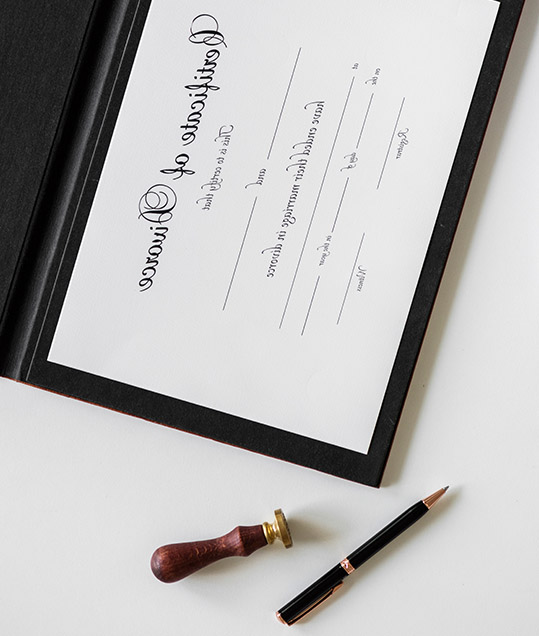About this course
UI/UX Design Course Description
Our UI/UX Design Course is designed to equip you with the skills needed to create intuitive, user-friendly, and visually appealing digital experiences. You will learn the fundamentals of User Interface (UI) and User Experience (UX) design, including research methodologies, wireframing, prototyping, usability testing, and interaction design. The course covers industry-leading tools such as Figma, Adobe XD, Sketch, and InVision to help you design and refine interactive digital products.
Through hands-on projects and real-world case studies, you will gain practical experience in building seamless digital experiences. Whether you are a beginner or looking to enhance your design skills, this course provides the perfect foundation for a career in UI/UX design.
Career Opportunities in UI/UX Design
Completing a UI/UX design course opens doors to various career paths, including:
- UI Designer – Focus on the visual design of digital interfaces, including typography, color theory, and layout design.
- UX Designer – Conduct user research, create wireframes and prototypes, and optimize user experiences.
- Interaction Designer – Specialize in designing interactive elements to enhance user engagement.
- Product Designer – Oversee the entire product design process, from ideation to final implementation.
- UX Researcher – Analyze user behavior and feedback to improve product usability and accessibility.
- Visual Designer – Work on branding, iconography, and overall aesthetics of digital platforms.
- Front-End Developer (with UI/UX skills) – Combine coding and design expertise to develop user-friendly websites and applications.
With the increasing demand for UI/UX professionals in industries like tech, e-commerce, gaming, healthcare, and finance, this course will help you build a future-proof career in digital design.
Comments (0)
Understanding the difference between user interface and user
experience design.
The process of empathizing, defining, ideating, prototyping, and
testing.
Techniques for understanding user needs and behaviors.
Creating user personas and mapping their journeys.
Sketching low-fidelity wireframes for layout planning
Organizing content to guide user attention
Choosing fonts and color schemes for
interfaces.
Principles of designing inclusive experiences.
Writing microcopy that enhances user experience.
Setting up a project and understanding the interface.
Designing responsive layouts for different devices.
Building reusable design components.









